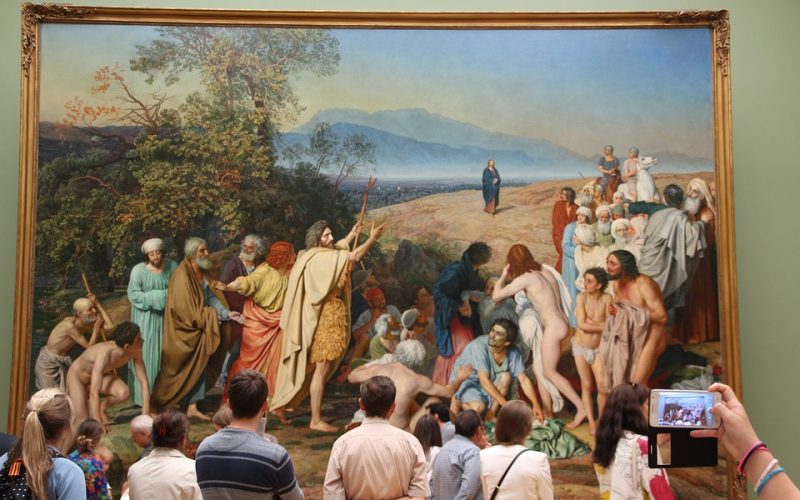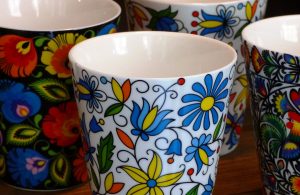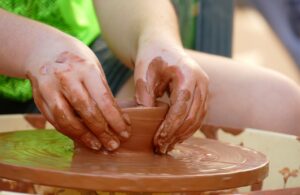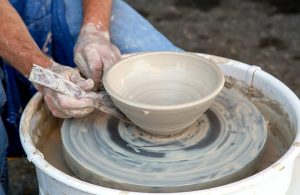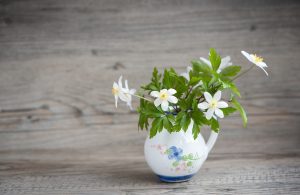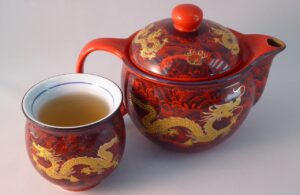After decades in the shadows of mass-produced home décor, ceramic and glass art are experiencing a remarkable renaissance. From Instagram-worthy ceramics studios to contemporary glass installations gracing museum walls, these ancient crafts are capturing the imagination of a new generation. The resurgence isn't merely about nostalgia – it represents a deeper cultural shift towards handmade authenticity, sustainable practices, and the desire for unique, personalised objects in our increasingly digital world.
A rich history finds modern relevance
Ceramic and glass art boast histories spanning millennia, with evidence of ceramic pottery dating back 20,000 years and glass-making techniques emerging around 3,500 BCE. These crafts have always served dual purposes: functional utility and artistic expression. From ancient Roman glass vessels to Chinese porcelain that shaped international trade routes, ceramic and glass objects have long been markers of cultural sophistication and technical mastery.
Today's revival draws inspiration from this rich heritage whilst embracing contemporary aesthetics and technologies. Modern artisans blend traditional techniques with innovative approaches, creating pieces that honour the past whilst speaking to current design sensibilities. The crafts' enduring appeal lies in their perfect marriage of form and function – qualities that resonate strongly with today's consumers who seek meaning and authenticity in their purchases.
The modern ceramic and glass movement
Social media has played a pivotal role in ceramic and glass art's resurgence. Platforms like Instagram and TikTok showcase the mesmerising process of wheel throwing, glazing, and glass blowing, making these crafts accessible and inspiring to millions. Young artists are building substantial followings by sharing their creative processes, demystifying techniques that once seemed exclusive to professional studios.
This visibility has coincided with a broader cultural shift towards mindfulness and slow living. The meditative nature of working with clay and glass appeals to people seeking respite from digital overwhelm. Pottery classes are booked solid, and glass-blowing workshops have become popular team-building activities, indicating how these crafts fulfill modern needs for hands-on creativity and social connection.
Ceramic transfers and personalisation
One of the most exciting developments in contemporary ceramic art is the sophisticated use of ceramic transfers. These techniques allow artists to apply intricate designs, photographs, and patterns to ceramic surfaces with precision impossible to achieve by hand alone. Modern ceramic transfers enable the creation of highly personalised pieces, from memorial ceramics featuring family photographs to custom tableware bearing company logos or personal artwork.
The technology behind ceramic transfers has evolved dramatically, now offering vibrant colours, fine detail reproduction, and durability that withstands regular use and washing. This advancement has opened new markets for ceramic artists, who can now offer bespoke services to clients seeking truly unique pieces for special occasions or commercial applications.
Glass transfers and contemporary applications
Similarly, glass transfers have revolutionised glass art by enabling complex designs and imagery to be permanently fused onto glass surfaces. These transfers allow artists to incorporate photographic elements, intricate patterns, and multi-layered compositions into their work. From architectural installations featuring custom glass transfers to personalised awards and commemorative pieces, the applications are virtually limitless.
Contemporary glass artists use these techniques to create pieces that blur the boundaries between traditional craft and modern art. Glass transfers enable the integration of digital design with handcrafted objects, resulting in works that feel both timeless and thoroughly contemporary.
The cultural and economic impact
This resurgence extends beyond individual artistic expression to broader cultural and economic implications. The ceramic and glass art revival supports local economies through studio spaces, workshops, and retail opportunities. Many cities now feature dedicated ceramic districts or glass art trails that attract tourists and support local businesses.
The movement also aligns with growing environmental consciousness. Handmade ceramic and glass objects represent sustainable alternatives to mass-produced items, often lasting generations when properly cared for. This longevity appeals to consumers increasingly concerned about waste and environmental impact.
As ceramic and glass art continue their upward trajectory, they're reshaping how we think about functional objects, artistic expression, and the value of handmade goods. This revival suggests that despite our digital age, the fundamental human desire to create and own beautiful, tactile objects remains as strong as ever.



